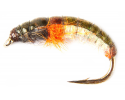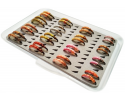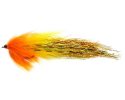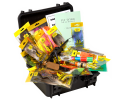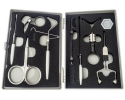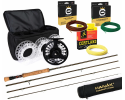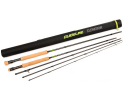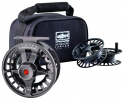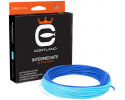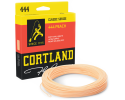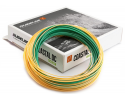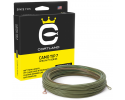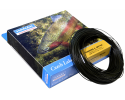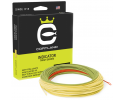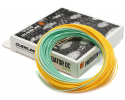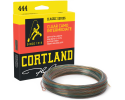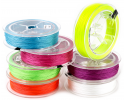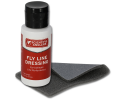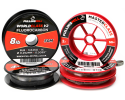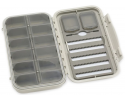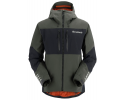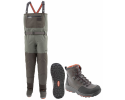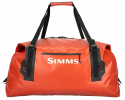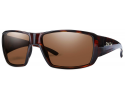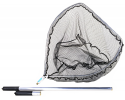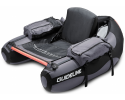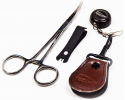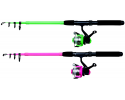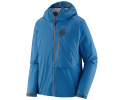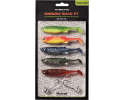

+ 2
For chucking streamers and depth-probing for freshwater predators.
Feature:
- Two line sizes heavy for loading quickly and delivering the biggest flies to the furthest targets; use designated line weight for your rod.
- Excellent turnover due to short, powerful head.
- The perfect streamer line for boat or wade fishing.
- Designed for throwing streamers at trout, smallmouth bass, pike, steelhead, and salmon.
- Sink tip is between 8-16 feet, depending on line weight.
- Sinking rate: Sink 6: 5.5 - 6.5 ips.
- For use in moderate and cold climates.
- Braided multifilament core.
- SA TTN SNK TIP WF X F S# (X = line weight; # = sink rate).
Care:
- You think your floating line isn’t floating as well as it used to do, or isn’t as slick as it used to be? The reasons and the ways to fix this are probably pretty simple.
- Lines float because they are lighter than water, and because they are hydrophobic; they repel water. For lines to float their best, both of these features need to be working. The density of your line won’t change, it won’t absorb water and become waterlogged and sink, but if it gets dirty it won’t repel the water well and it will float lower in the surface tension and may get pulled under now and then. The key to good flotation is keeping your lines clean so the hydrophobic surface works.
- Cleaning with soap and water on a cloth removes most of the dirt, but cleaning pads work even better. Properly cleaned, your lines will float better, cast better and last longer, certainly a good trade-off for a couple of minutes of line maintenance.
- To use the cleaning pad, pinch the pad over the line so that the abrasive, non-foam side touches the line. Pull the fly line through the pad under some tension. Repeat this process until some of the fly line color is visible on the pad.
- Clean your lines every 2-3 outings, or anytime you think dirt is hindering their performance. The cleaning pads are easy to carry in your vest or tackle bag and can be used anytime, wet or dry.
- Note that flyline dressing can be used to reduce friction during competition- or practice casting scenarios, but we don’t recommend it for fishing.
Producer: Scientific Anglers

























































